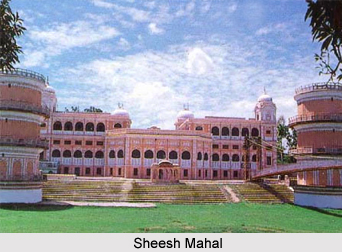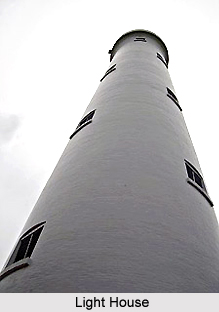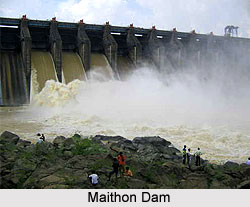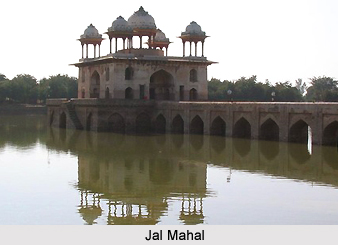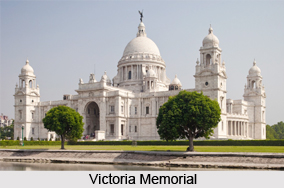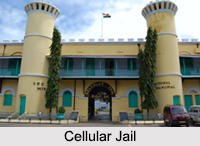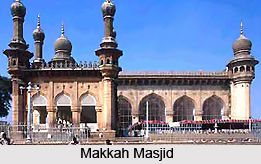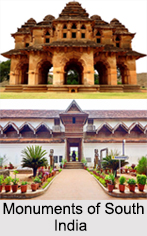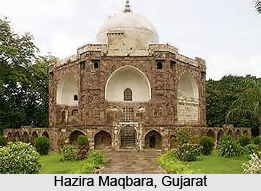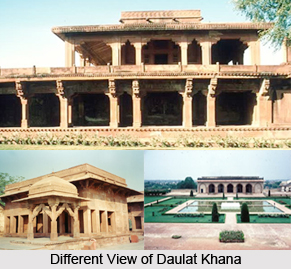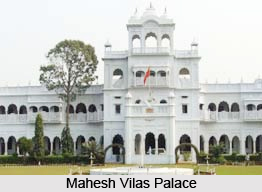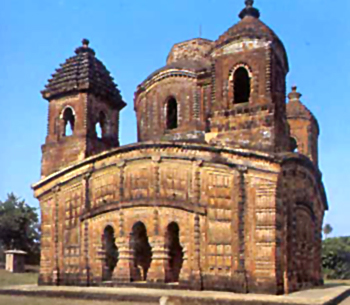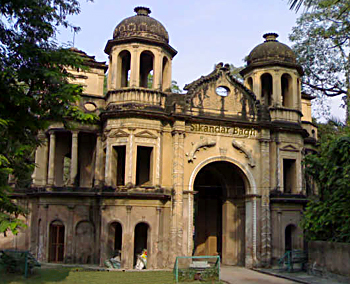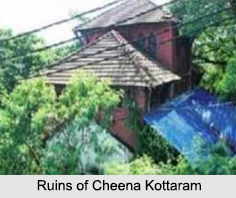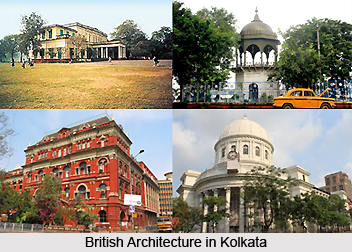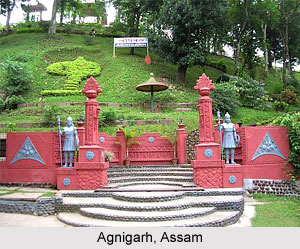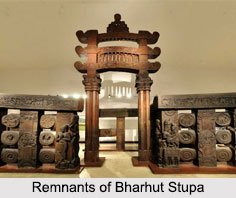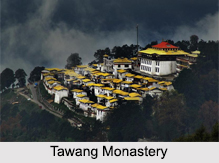 Monasteries of North Eastern India consist of the monasteries like Bomdila Monastery, Rigyalling Monastery, Tawang Monastery, Urgelling Monastery, Tashiding Monastery, Phensang Monastery, Khartok Monastery, Tsuk- La- Khang Monastery and many other monasteries. North East India is a dwelling to a large number of monasteries. These monasteries not only show the present setting of religion in these states but also throw light on its earliest traditions and rituals.
Monasteries of North Eastern India consist of the monasteries like Bomdila Monastery, Rigyalling Monastery, Tawang Monastery, Urgelling Monastery, Tashiding Monastery, Phensang Monastery, Khartok Monastery, Tsuk- La- Khang Monastery and many other monasteries. North East India is a dwelling to a large number of monasteries. These monasteries not only show the present setting of religion in these states but also throw light on its earliest traditions and rituals.
Different Monasteries of North Eastern India
There are number of monasteries which are situated in North Eastern India and these are as follows:
Tashiding Monastery: It is said that Guru Padmasambhava shot an arrow in the air so as to select the place for his meditation. The site where the arrow stroked became the place of Tashiding Monastery.
Ghoom Monastery: The Ghoom Monastery is an extremely sacred place to the locales. The monastery follows the Gelug school of Tibetan Buddhism and there is a 15-feet high statue of "Maitreya Buddha" in the monastery. It contains images of Buddha"s disciples, Chenrezi and Chongapa.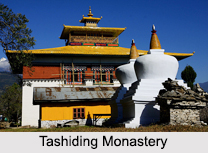
Enchey Gompa: It is believed that Lama Druptab Karpo constructed a little hut on this site, where he landed after his arrival from Maenam Hill. The present structure of the monastery was constructed in the shape of Chinese Pagoda.
Rumtek Gompa: Rumtek Monastery also called the Dharmachakra Centre and it is a gompa situated in the Indian state of Sikkim.
Tawang Monastery: It is the largest monastery in India and second largest in the world. Tawang Monastery is situated in Tawang city of Tawang district in the Indian state of Arunachal Pradesh.
Ralong Monastery: It is situated in Sikkim. The celebration called Pang Lhabsol is celebrated here by monks, yearly. The monks perform the Kagyed dance, to express their happiness, on the eve of festival.
Pemayangtse Monastery: The Pemayangtse Monastery is a Buddhist monastery in Pemayangtse, situated near Pelling in the north eastern Indian state of Sikkim. The monastery was built for "pure monks" meaning "monks of pure Tibetan lineage", celibate and without any physical defect.
Bomdila Monastery: "Bomdila Monastery" is situated in west Kameng district of Arunachal Pradesh. The monastery was set up by the 12th reincarnation of Guru Rinpoche in 1965 and was further blessed by His Holiness, the 14th Dalai Lama in the year 1997.
Rigyalling Monastery: Rigyalling Monastery is located in the district of Tawang in Arunachal Pradesh. Rigyalling Monastery is one of the best centres for learning of Buddhism. This monastery has a renowned place among the different other Buddhist sacred places.
Phensang Monastry: Phensang Monastery follows the Nyingmapa order in Sikkim. Situated 9 kms north of Gangtok it was established in 1721 during the time of Jigme Pawo. Phensang Monastery is one of the major monasteries which are situated on the gentle slopes that spread from Kabi to Phodong. Besides being a place of reverence this also served as the residence of the three monks.
